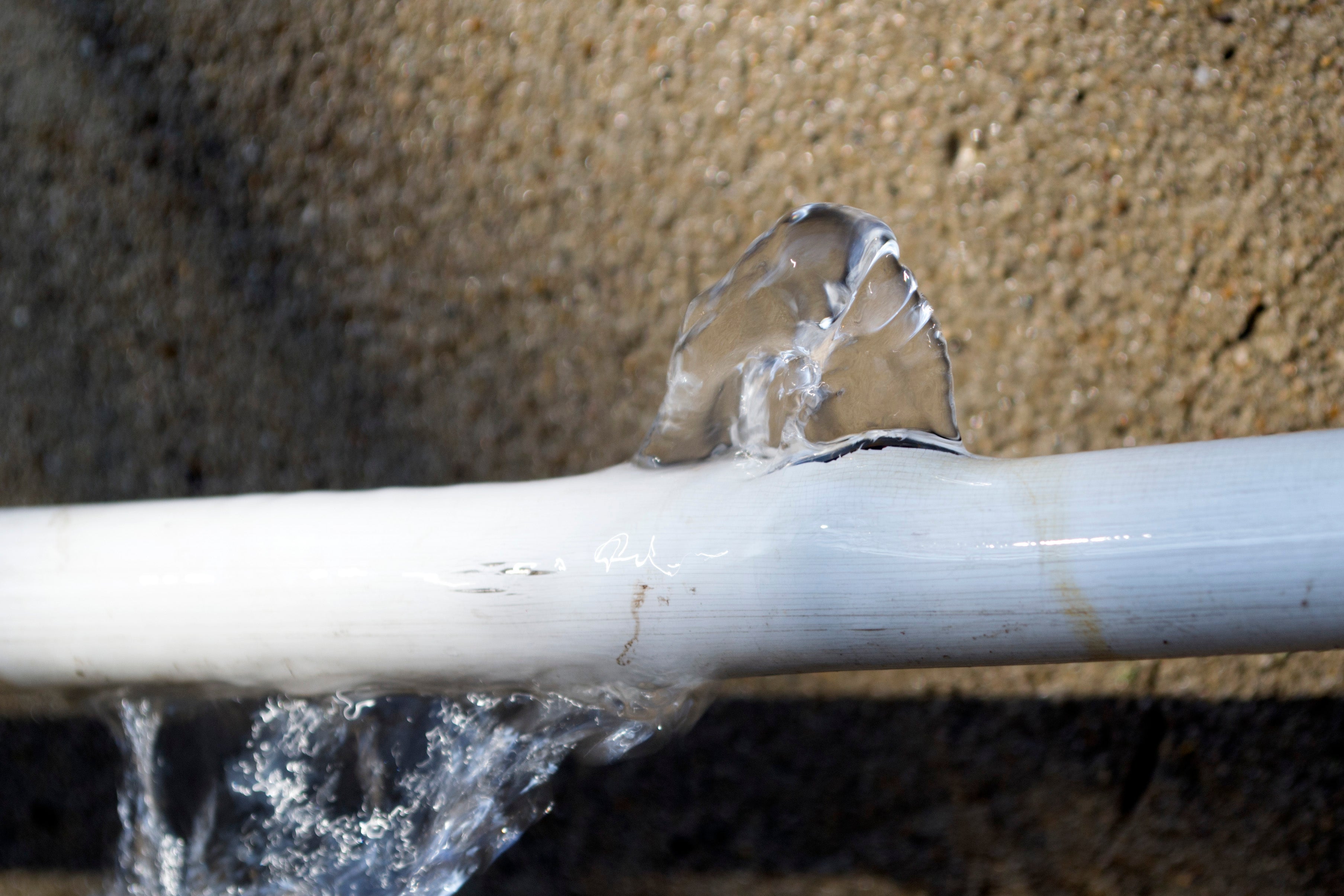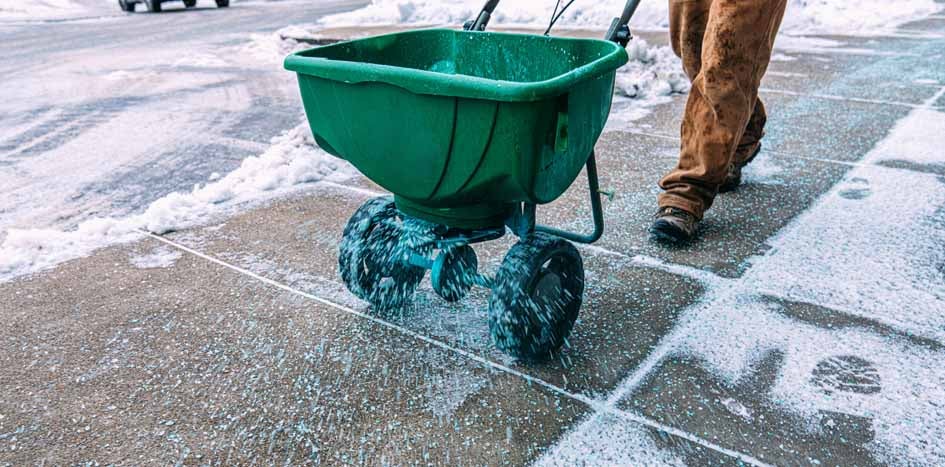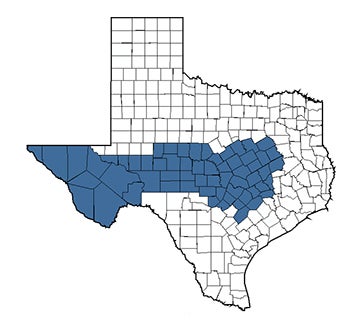How To Avoid Common Winter Weather Claims
Winter weather increases the risk of burst pipes, collapsed roofs, vehicle damage, and employee injuries. Use this winter weather advice to avoid preventable claims, control damage, and return to normal operations quickly.
On This Page
Property

When temperatures drop, risks increase inside and outside school facilities. Property damage can drain budgets, hamper operations, and compromise education. Follow these tips to control the costs and education disruptions that can come with winter-weather claims.
Pro tip: Don’t overlook athletic, operational, and visitor areas.
Fund Freeze Claims by the Numbers
Burst or leaking pipes are the most common—and costly—winter claims. For Fund members with Property coverage:
- Freeze claims make up the largest percentage of winter claims, followed by burst/leaking pipes.
- The average cost of a Fund freeze claim in the last 8 years is $358,000.
- The average cost of a claim involving a burst pipe during the winter is $152,000.
Start by refreshing your maintenance team’s knowledge of pipe locations and updating preventive maintenance schedules. Train staff on where shut-off valves are and when to use them. This simple step can prevent extensive damage.
Protect the Outside
Clear ice and snow from tree limbs to avoid damage to roofs, power lines, and vehicles. As part of your preventive maintenance program, regularly clear roofs and gutters of debris, and check for loose materials that trap snow or ice. Insulate exterior pipes and faucets, paying special attention to joints and elbows. Disconnect and drain hoses and sprinkler systems whenever possible.
Safeguard the Inside
Maintain boilers and protect fire sprinkler systems. Seal openings where cold air enters and repair leaky doors and windows promptly:
Keep the cold out. Set thermostats to at least 55 degrees Fahrenheit, even during the holiday break. Promptly repair leaky doors, windows, and cracks. Seal openings where cold outside air can enter and ensure exterior doors close safely and securely.
Maintain equipment. Keep boilers running, test their pressure-relief valves monthly, and get them inspected regularly, per state law. NFPA 25 sets the baseline for inspection, testing, and maintenance of water-based fire protection systems (fire sprinklers). Reference NFPA 25 and the manufacturer’s guidelines to ensure you keep up with requirements.
Plan for the unexpected. Build relationships with local fire departments so everyone shares expectations during an emergency. Do you have remote monitoring of HVAC equipment and policies about who watches them? Lock down these questions and answers before an emergency.
Pro tip: Check pipes above suspended ceiling tiles. Building heat doesn’t reach there effectively.
When Severe Freeze is Forecast
Raise building temperatures to 60°F, top off generator fuel, and unplug nonessential equipment. For short-term freezes, let faucets drip, starting with those farthest from the main connection so water moves through the whole building.
For long-term freezes, consider shutting off water to the building and draining the pipes, but make this an explicit part of your emergency operations plan. Train staff on the proper procedures, designate backup personnel, and remember:
- Shutting water off could prevent your fire sprinkler system from working. Check with the system manufacturer or installer.
- Some districts might need their fire marshal’s approval to shut water off.
- Most municipalities require that on-site personnel monitor for fires if water is shut off. Consult your local fire department and train staff on establishing fire watches.
Vehicles

Vehicles need special care in the winter. Cold weather can turn warm air in fuel tanks into water, which can compromise fuel economy and engine performance. Your fleet management program should call for routine maintenance on all vehicles.
Equip drivers. Transportation directors and fleet managers should discuss hazards your drivers might encounter. Visit drivetexas.org to monitor road conditions and cancel or change routes as necessary. Protect drivers by stressing the importance of following winter driving safety tips and knowing what to do during an emergency.
Monitor vehicle condition. Most brakes start to wear out within three years. Learn the signs that brakes need to be replaced, such as increased stopping distance, a shaky steering wheel, or a strange noise when you apply the brakes. Regularly test vehicle lights and signals, and monitor tires and engine belts for wear.
Prepare cold-weather kits. Keep warm gloves, hand warmers, warm headwear, and an extra jacket in work vehicles and make sure emergency equipment (flashlights, radios, flares, etc.) is charged and in good condition.
People

Cold weather can linger long after holiday cheer gives way to back-to-school blues. Train employees on your organization’s safety procedures, which should include these guidelines:
Protect Against Cold Stress
Some forms of cold stress can set in during relatively mild 60-degree temperatures, especially when combined with moisture:
Implement administrative controls. School leadership can protect employees against cold stress by implementing administrative controls, which change the way work is done. Examples include monitoring wind wind chill, scheduling outdoor work during the warmest part of the day, requiring employees to take breaks in warm, dry areas.
Layer up. Employees should wear at least three layers of loose clothing but avoid cotton. It holds moisture longer than synthetics.
Stay hydrated. Dehydration is a risk in hot and cold weather. Drink warm beverages and avoid alcohol and caffeine. They can hinder the body’s ability to produce heat.
Keep Feet on Solid Ground
Slips, trips, and falls (STFs) account for about 40% of workplace injuries in Texas schools. During the winter, STFs have accounted 33% of claims reported by Fund members with Workers' Compensation coverage:
Practice good housekeeping. Keep parking lots, sidewalks entryways, and outdoor work areas free of ice and snow. Control the risk inside school facilities by using absorbent mats, floor blowers, or umbrella bags near entrances. From there, clean up wet spots promptly and mark hazardous areas with signs or cones.
Wear the right shoes. The Occupational Safety and Health Administration recommends insulated and water resistant-boots with good rubber treads. Staff could also use rubber over-shoes with good treads during the winter.
Watch your step. Take short, slow steps when walking on slick surfaces. Another strategy is to walk like a penguin. You might look funny, but have you ever seen penguin slip?
Texas Department of Insurance Resource: Winter Safety Tips for Outside Workers
Prepare for Emergencies

Winter is generally a minor (and brief) inconvenience for Texans: We pull our one jacket out of mothballs, make sure the heater still works, and maybe warm up the car a few minutes early. But the occasional emergency is inevitable.
Prepare staff. Provide staff with emergency contacts at the campus, district, and community levels. Publish the list so parents and the community can report emergencies, as well. Make sure key employees are familiar with resources to monitor and communicate weather alerts.
Collaborate with local first responders. Build relationships with local fire departments, EMS, and law enforcement so everyone shares expectations during an emergency. You should consider inviting first responders to help update your emergency operations plan so it addresses evolving risks.
Assemble cold-weather kits. Include slippery/icy floor signs; gloves, hats, and warming packets; flashlights with fresh batteries; a printed list of emergency contacts; pen and paper for taking notes; and water and snacks to help employees through long hours away from home.
Conduct security checks of temporarily unoccupied facilities. Extend the checks inside buildings to monitor heat, water, and power issues that could cause emergencies.
Pro tip: Establish relationships with reputable water remediation vendors now, before you need them.
Resources
Everyone wants the winter months to go as smooth as ice, but let’s keep the ice outside, where it belongs. For more guidance on avoiding winter-weather incidents, take advantage of these cost-free resources:
- HSB tip sheet: Preparing for a Power Outage (pdf)
- HSB tip sheet: Cold Weather and Freeze Alert (pdf)
- National Weather Service website: Winter Weather Safety Campaign
- Texas Department of Emergency Management: Local preparedness and planning contacts

Charles Hueter
Charles Hueter is located in Austin and is responsible for providing risk solutions services to Workers’ Compensation, Auto, Property, and Liability members in ESC Regions 12, 13, and 19 and most of Regions 15 and 18.
Hueter became a risk solutions consultant for TASB Risk Management Services in 2012. He began his career in TASB Risk Management Services in 2000 by providing support to risk solutions consultants and helping Fund members access safety handbooks and videos.
You May Also Like…
View All Related Insights
How To Manage and Mitigate Your Burn Risks
From bustling kitchens to science labs to maintenance and transportation shops, there are plenty of opportunities for burns to occur at your school or community college.

The Importance of a Thorough Accident Investigation
Conduct accident investigations to uncover the root causes of workplace injuries, correct them, and reduce the risk of similar injuries.

Fund Coverage 101: Intro to Cybersecurity Claims
Cybercrime is big business, and schools are tempting targets. Fund Privacy and Information Security coverage pays for covered claims, including incident response when appropriate.

Complete These District Audit Report To-Do’s Before Summer Break
Districts should conduct climate surveys and intruder assessments while stakeholders are accessible and staff, students, and visitors are coming and going.
